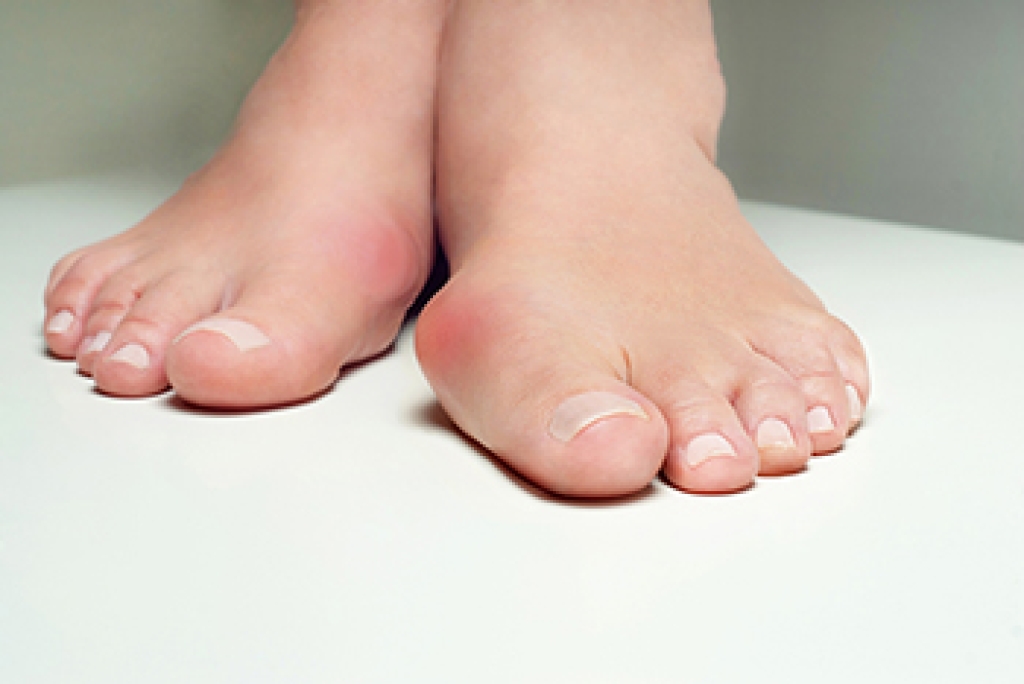
Bunions, a painful bump at the base of the big toe, are a common and often misunderstood foot condition. They develop when the joint at the base of the big toe becomes misaligned, causing the tip of the big toe to angle toward the other toes. This misalignment results in a bony protrusion, also known as a bunion. While bunions can be the result of a genetic predisposition, they can also be triggered or exacerbated by various factors. Wearing ill-fitting shoes, especially those with narrow toe boxes or high heels, can force the toes into unnatural positions and contribute to bunion development. Additionally, repetitive stress or trauma to the foot can significantly contribute to getting a bunion. Understanding the causes is essential in preventing and managing bunions, as early intervention and lifestyle changes can help alleviate symptoms and slow their progression. If you have developed a bunion, it is strongly suggested that you speak with a podiatrist who can guide you toward relief and treatment options that are right for you.
If you are suffering from bunions, contact Gabe Rodriguez, DPM of Sioux Falls Foot Specialist. Our doctor can provide the care you need to keep you pain-free and on your feet.
What Is a Bunion?
A bunion is formed of swollen tissue or an enlargement of boney growth, usually located at the base joint of the toe that connects to the foot. The swelling occurs due to the bones in the big toe shifting inward, which impacts the other toes of the foot. This causes the area around the base of the big toe to become inflamed and painful.
Why Do Bunions Form?
Genetics – Susceptibility to bunions are often hereditary
Stress on the feet – Poorly fitted and uncomfortable footwear that places stress on feet, such as heels, can worsen existing bunions
How Are Bunions Diagnosed?
Doctors often perform two tests – blood tests and x-rays – when trying to diagnose bunions, especially in the early stages of development. Blood tests help determine if the foot pain is being caused by something else, such as arthritis, while x-rays provide a clear picture of your bone structure to your doctor.
How Are Bunions Treated?
- Refrain from wearing heels or similar shoes that cause discomfort
- Select wider shoes that can provide more comfort and reduce pain
- Anti-inflammatory and pain management drugs
- Orthotics or foot inserts
- Surgery
If you have any questions, please feel free to contact our office located in Sioux Falls, SD . We offer the newest diagnostic and treatment technologies for all your foot care needs.
